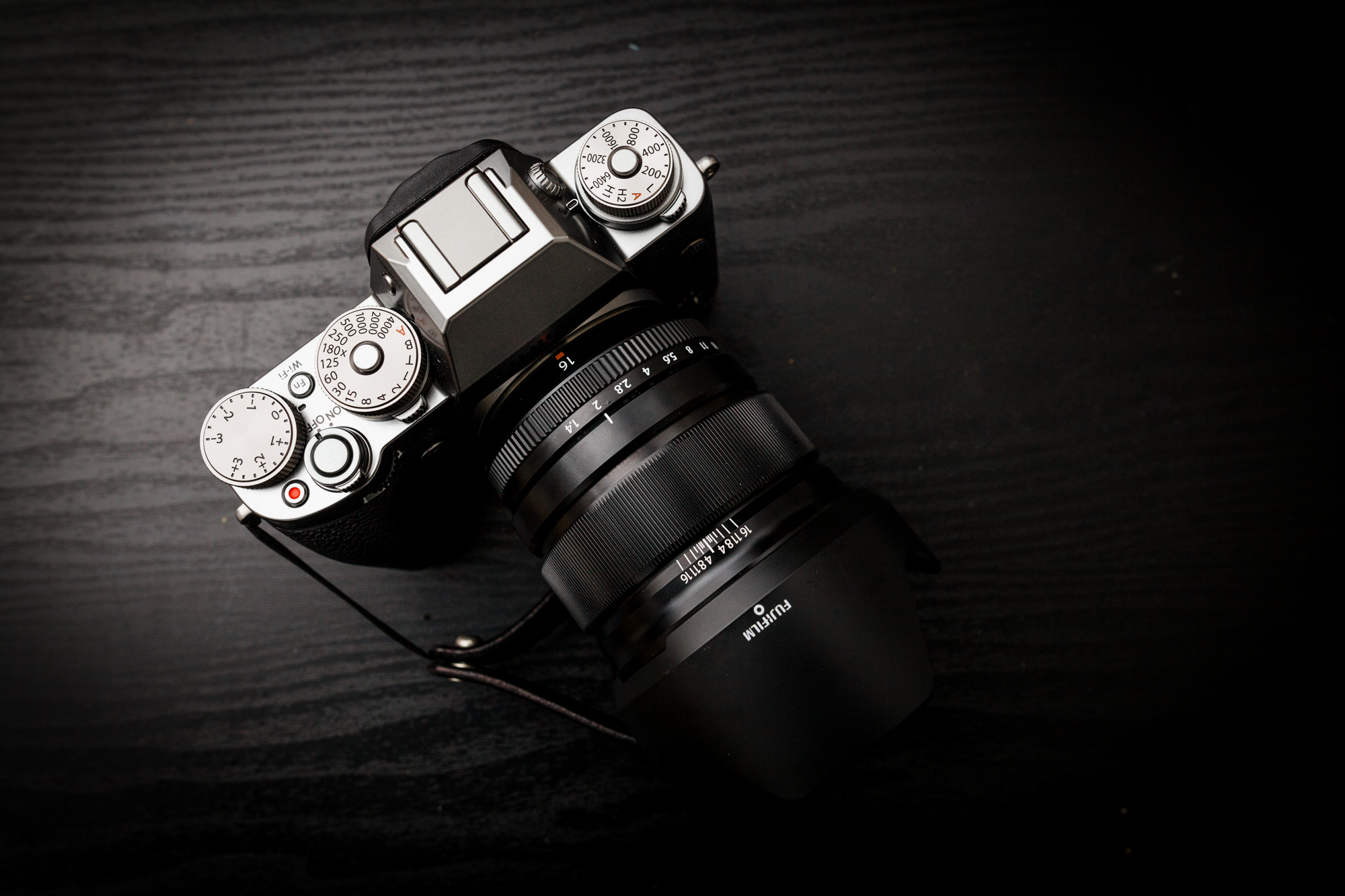Last Updated on 04/13/2023 by Chris Gampat
When it comes to lenses for astrophotography on the Fujifilm X platform, photographers are somewhat spoiled for choice. There are a number of prime lenses that are more than suitable for capturing the Milky Way or other deep sky objects, and the beauty is that there are lenses that will fit all budgets. You can use any X Series camera to capture the night sky. Just attach one of the primes that we have rounded up after the break, follow our guide to astrophotography, and you’ll be in business in no time at all.
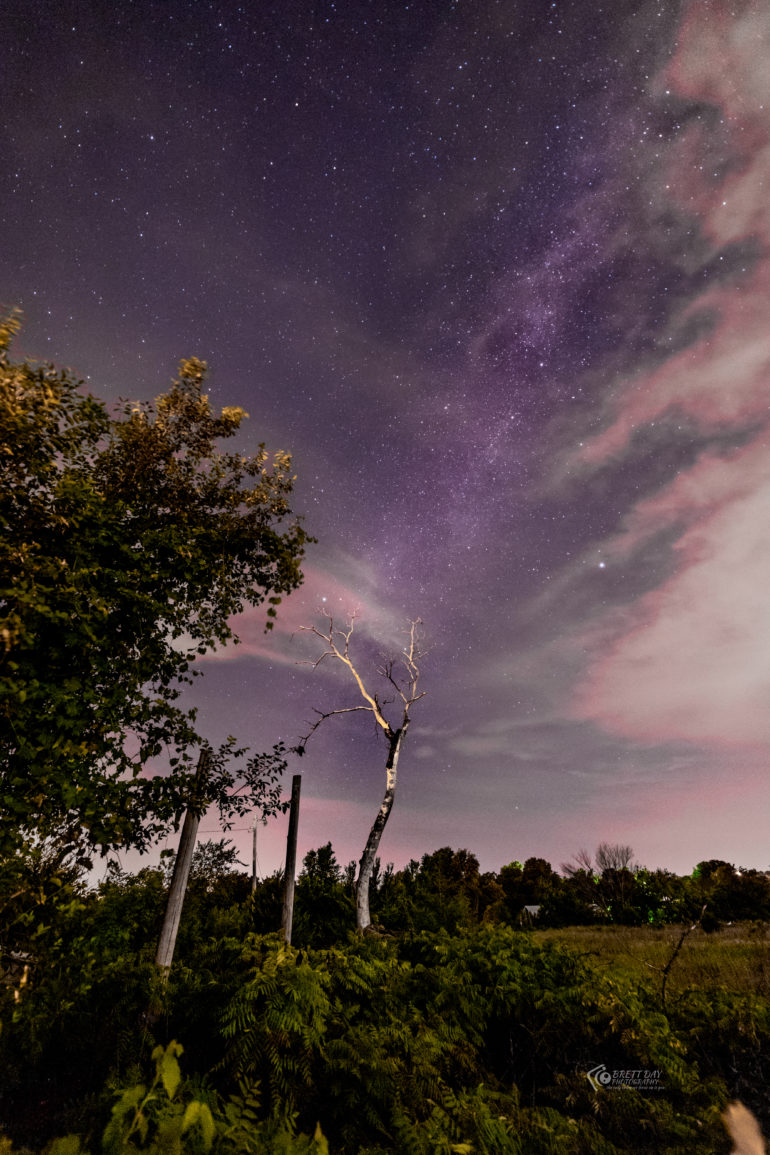
If you take just a quick look at the list below, you might think that we have lost our minds as many of the listings actually look similar. What we have done here is list variants of the same focal lengths, but take a closer look, and you’ll see that the aperture speeds are different. We have done this so that we can highlight both affordable and slightly more expensive Fujifilm prime lenses that can be used for astrophotography.
The key to astrophotography (apart from patience) is having a camera that’s good at high ISOs, and having fast glass. Any glass that has an aperture of f2.8 is more than enough to capture the stars. We have mainly stuck with lenses on the wider side of things (though there are a couple of telephoto primes here). Why? Well, as you get into more telephoto lens lengths, astrophotography becomes harder due to the rotation of the earth.
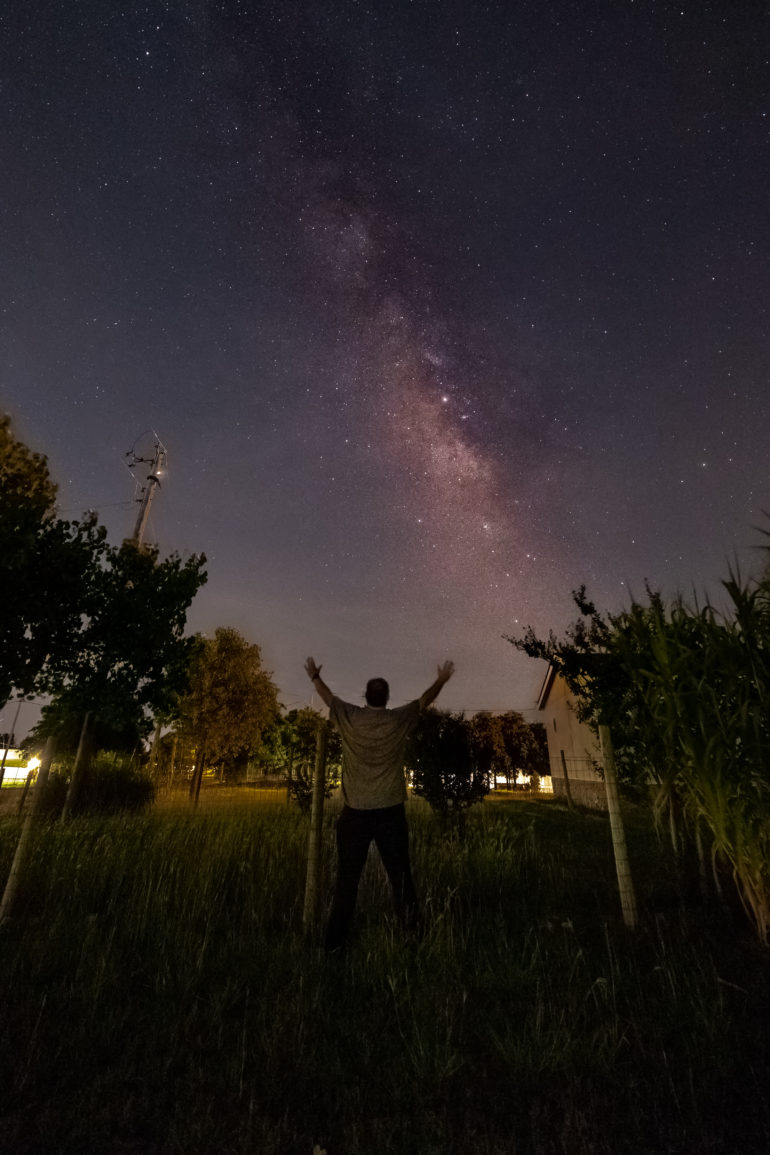
You have to follow the 500 rule in astrophotography (that’s 500 divided by the focal length of your lens). The number you get after doing this simple math is the exposure time you can have before you start to get star trails. If you want to shoot longer shutter speeds, you will need to invest in a star tracker.
It’s important to remember that you need to factor in the APS-C crop factor. So, if you’re shooting with the Fujifilm 35mm f2, you will need to calculate it as 52.5mm as Fujifilm cameras have a 1.5X crop. Telephotos are harder because, let’s say you have an 85mm lens, for example, you will only be able to shoot with an exposure of 5.8 seconds, and that’s usually not long enough to get a good image of the night sky. Shoot with a 35mm lens, and your exposure time increases to 14.2 seconds, which is more than enough time. So, without further ado, let’s take a look at the Fujifilm primes that are out of this world for astrophotography.
Table of Contents
Fujifilm 14mm f2.8
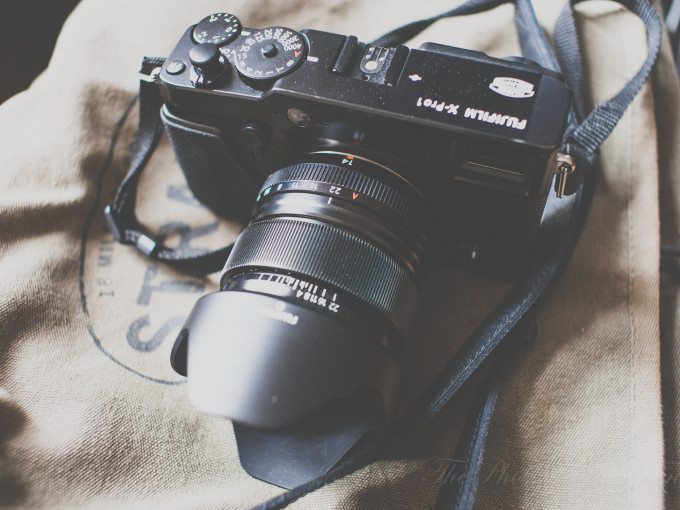
Here are the pros and cons from our full review:
- Excellent sharpness when stopped down. When using studio lights, the specular highlights really make this lens sparkle
- Fairly fast focusing
- The addition of the working manual focus ring and depth of field scale has us totally stoked–and you should be too
- Very little distortion until you start to get very close. It is more apparent towards the corners
Cons
- More color fringing than we’d like–though this can be easily eliminated with software.
- For a mirrorless camera lens, it is a tad larger than we’d like
- Quite costly
- We wish that the focusing and aperture rings were smoother
Buy now: $899
Fujifilm 16mm F2.8 R WR
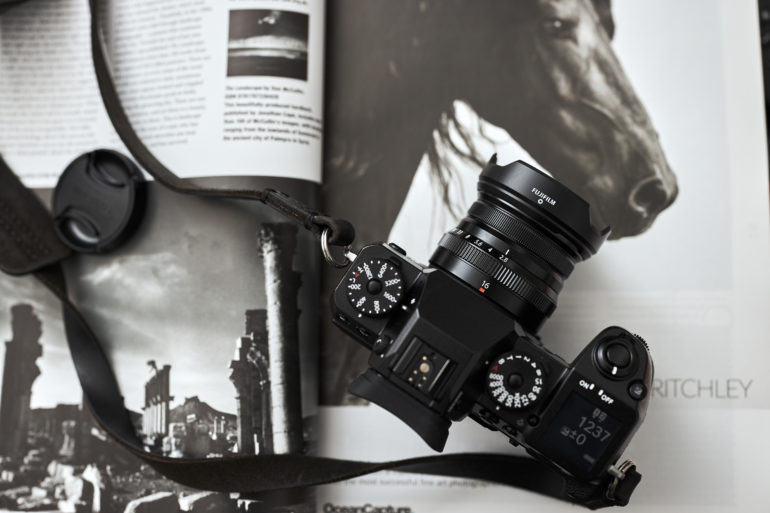
Here are the pros and cons from our full review:
Pros
- Small
- Lightweight
- Weather sealed
- Fun to use
- Affordable
- Good for documentary work and travel
- Incredibly fast autofocus
Cons
- Not sure why there isn’t an effective manual focus distance scale for hyperfocal length shooting
- It’s a wide-angle lens with a relatively slow aperture for an APS-C camera system
Buy now: $399
Fujifilm 16mm f1.4 R WR
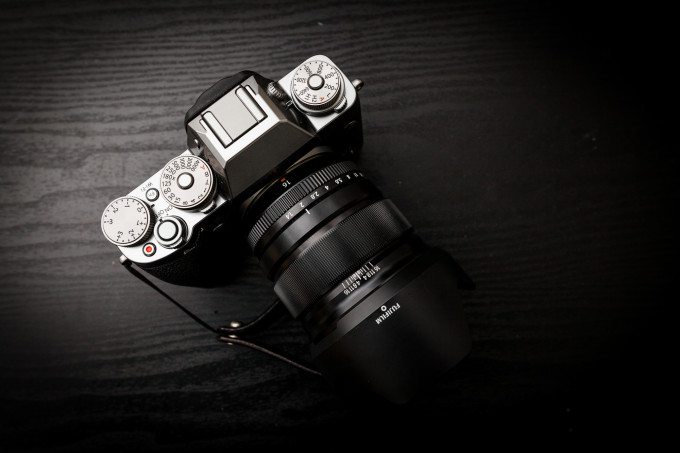
Here are the pros and cons from our full review:
Pros
- Very sharp wide open
- Very sharp overall
- The excellent metal build quality
- The focusing ring allows for zone focusing
- Pretty decent bokeh for a lens of this type
- Fast-focusing performance
- Weather sealed construction
- Keeps distortion down pretty well
Cons
- Depth of Field scale could have given us more focusing markers
- More purple fringing than a modern lens should have despite it easily being removed in post-production
- Autofocus is just a hair too slow for street photography
Buy now: $999
Fujifilm 23mm f2 R WR
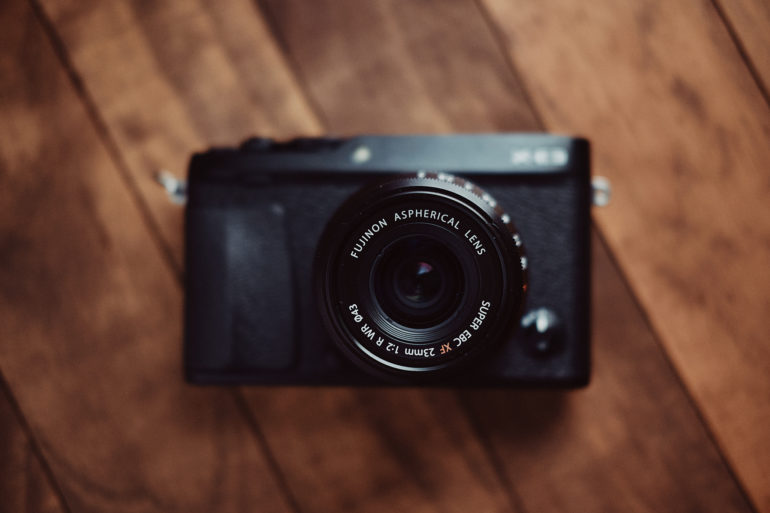
Here are the pros and cons from our full review:
Pros
- Good image quality
- Seriously and surprisingly fast focus
- Fast focus on the X Pro 2, X-T2 and even the X Pro 1. The latter completely shocked me.
- Nice colors
- Compact size
- Weather sealing
- Turning the aperture ring feels nice and smooth until the clicks come in. It’s a tactile experience that’s just lovely.
- Sharp images
- Fairly nice bokeh
- Affordable price point
Cons
- Something about this lens just simply doesn’t have the magic that the 23mm f1.4 R does
Buy now: $449
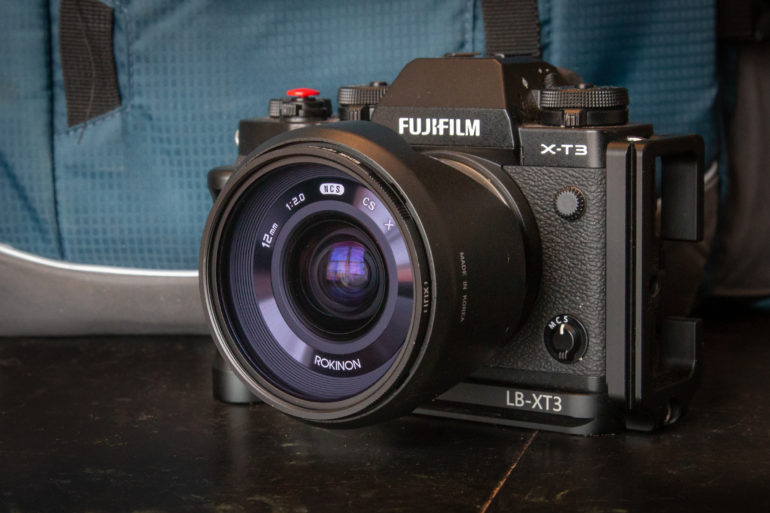
Pro Tip: One of the best things you can do to instantly improve your night photography is to buy a light pollution filter for your lens. It’s really quite hard to escape the glare of sodium lamps that line the city streets, but a light pollution filter, like this one from IRIX, will cut out that nasty yellow glare from your images. If you are serious about astrophotography, you really should pick one up.
Fujifilm 23mm f1.4
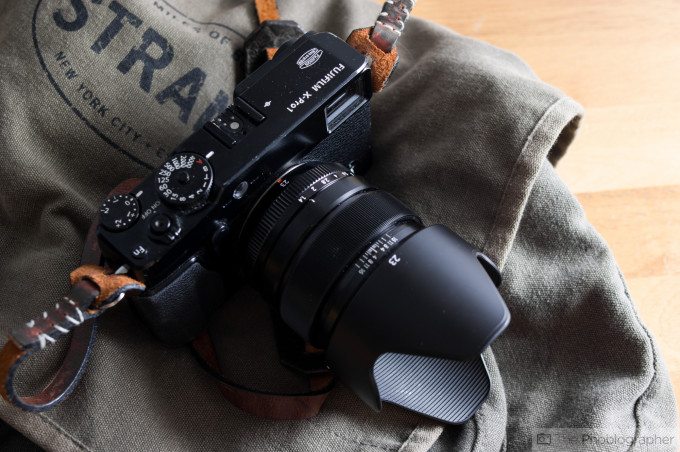
Here are the pros and cons from our full review:
Pros
- Superb image quality
- Beautiful bokeh
- Lots of great sharpness with even a bit of what seems like micro-contrast
- Well built
- Snapback focusing ring
Cons
- Expensive
Buy now: $899
Fujifilm 35mm f2 R WR
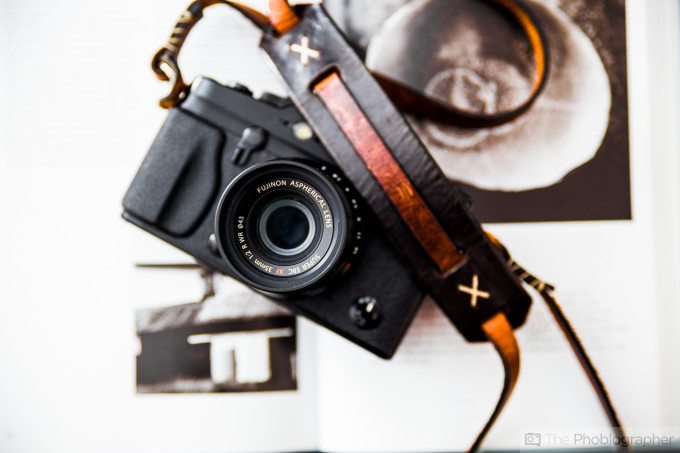
Here are the pros and cons from our full review:
Pros
- Great sharpness
- Nine aperture blades make the bokeh as good as it can be
- Small size
- Weather resistance
- The fastest focusing lens that Fujifilm has offered as of the publication of this review
Cons
- Just F2
Buy now: $399
Fujifilm 35mm f1.4 X
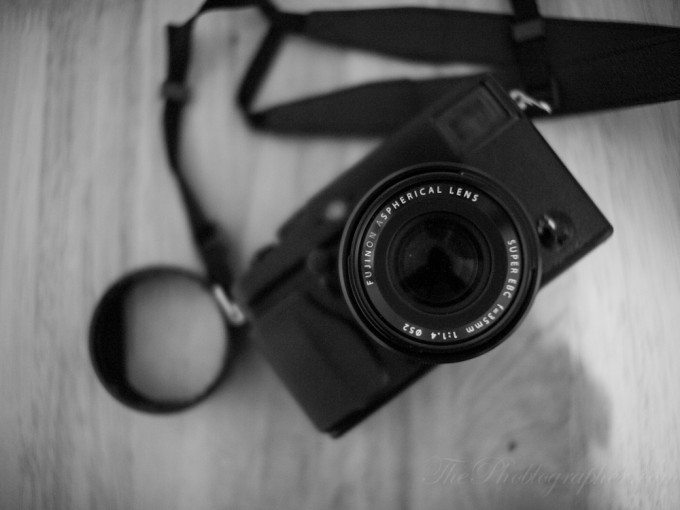
Here are the pros and cons from our full review:
Pros
- Exceptional image quality
- Jaw-dropping sharpness
- Focusing speed has improved with further firmware updates
- The excellent metal build quality
- The finish will make it look like an old lens over time
Cons
- Still a bit too slow to focus in some situations
Buy now: $599
Fujifilm 50mm f2 R WR
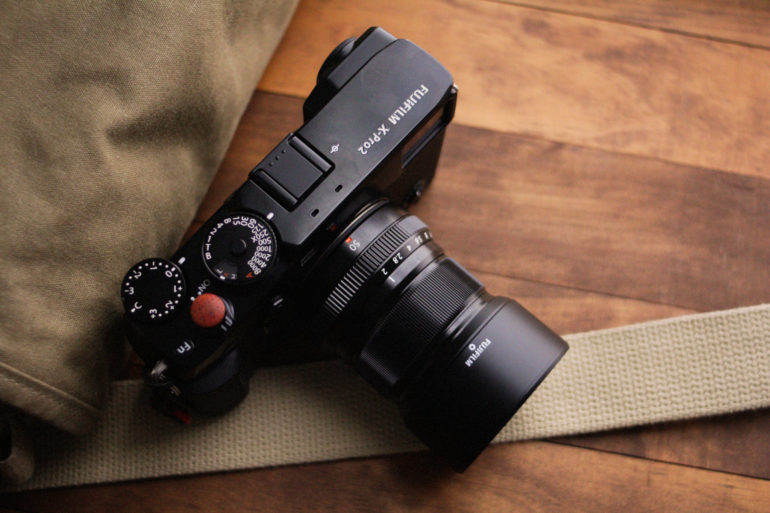
Here are the pros and cons from our full review:
Pros
- It’s $449
- Weather sealing
- Fast autofocus performance on the newer cameras (sorry X Pro 1 users)
- Sharp optics and image quality
- Nice bokeh
- Only gets sharper when you use a flash
- Pretty compact
- Nice build quality
Cons
- Not much, honestly
Buy now: $449
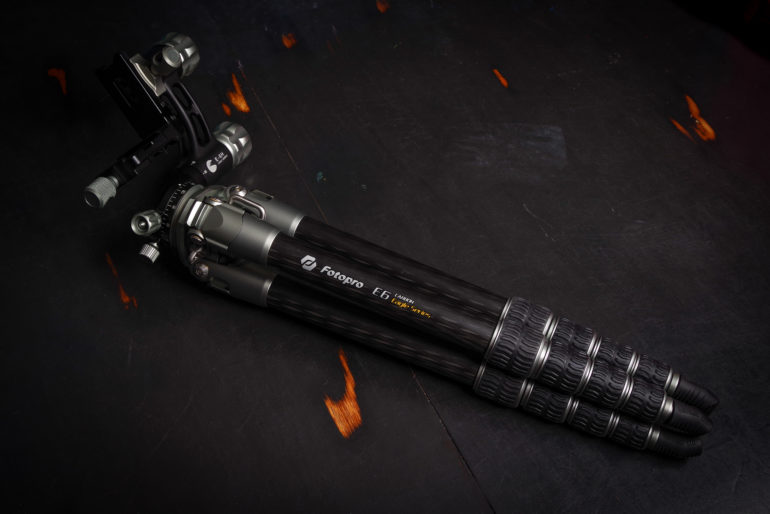
Pro Tip: One thing you’re going to need to do astrophotography is a sturdy tripod. Anytime you start shooting long exposures, you need to make sure your camera is as still as possible, otherwise your images will just turn into a blurry mess. If you don’t have a tripod, head on over to our reviews section and check out the ones that we have out through real world tests.
Fujifilm 56mm f1.2
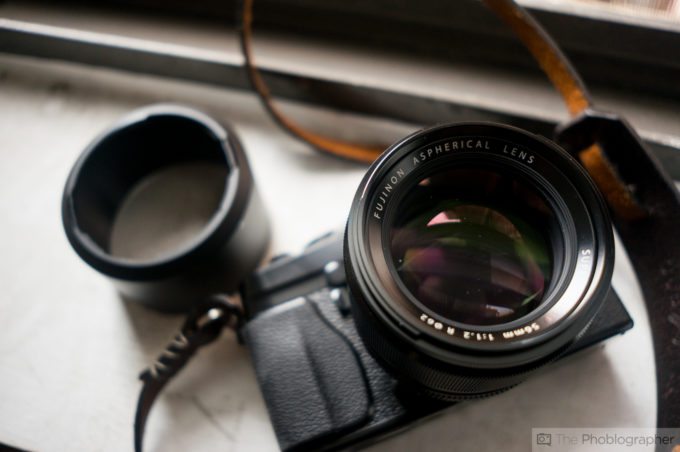
Here are the pros and cons from our full review:
Pros
- Super sharp wide open. In fact, this is the sharpest lens for mirrorless cameras that we’ve tested
- Excellent resolution and sharpness when studio lighting is used with it
- Dreamy bokeh
- Great feel in the hand
- In good to fair lighting, its focusing abilities are about as fast as the company’s 35mm f1.4 offering
- Almost no reason to stop it down, and you’ll be encouraged to shoot wide open
Cons
- Misfocusing happens a bit more than we’d like it to in low light situations
- Fairly expensive
- Color rendition from the 35mm f1.4 is a tad better
Buy now: $999


